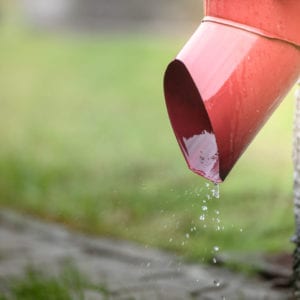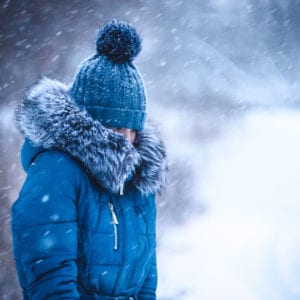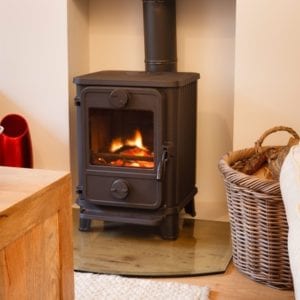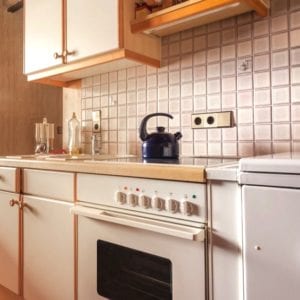Wait! 5 Steps to Take Before Switching on the Air Conditioner
Signs of spring abound in the city. The temperature’s rising, the days are growing longer, and the snow has finally melted away.
Know what that means? Soon, it will be time again to fire up the air conditioner! But before you do that, you should ensure the unit is ready to operate efficiently.
Take these steps before switching on the air conditioner for the first time this spring.
Before You Begin
As a safety precaution, you should always shut the power to the air conditioner off before you inspect it. Turn off the condenser at the main panel or pull the outdoor disconnect for the unit on the outside wall.
Step 1: Inspect the Air Vents
The system must be able to draw and expel air unobstructed to run at peak efficiency. Anything blocking the air vents inside or outside the home will force the air conditioner to work harder and consume more energy.
Before switching on the air conditioner, give the air vents around your home a once-over inspection. Make sure all are opened. Remove any blockages, open any dampers that are closed or move any furniture over grilles to make way for air to flow freely.
Step 2: Change or Clean the Air Filter
Once you’ve dealt with obstructions for the unit, it’s time to inspect the air conditioner’s filter.
Like a furnace, your air conditioner uses the same air filter to keep dust, debris, and airborne allergens (like pollen) from entering the unit. The air conditioner filter gets dirty fast, especially if you share your home with a few furry friends!
Most manufacturers recommend replacing the filter (or cleaning it, in the case of a reusable filter) at least once every three months. The top of the season is a great time to do this. Starting the year with a clean filter will help ensure the air conditioner performs at its best from the beginning.
Step 3: Check the Condenser
Next stop: the condenser unit. Pull on your rubber boots and head outside to assess the situation.
Located along one of the exterior walls is the air conditioner condenser unit, which resembles a fan in a large, metal box. Leaves and branches often accumulate in the condenser over the winter. Some unlucky homeowners have even found squirrels or rodents taking up residence there!
In any case, this debris will have to come out before you turn on the air conditioner. Debris around or inside the condenser can clog the coils, and anything that obstructs the flow of air will cut down on efficiency.
Once you’re sure the unit is off, you may detach the grilles to carefully remove debris and clean the coils. Be careful not to bend the delicate fins and coils. You can also wash the condenser with a hose and nozzle but do not use a pressure sprayer. Any stubborn debris that remains after a gentle cleaning is best left to a professional.
If there are trees and shrubs around the condenser unit, it’s worth investing in a protective cover that will keep it clean and tidy over the winter.
Step 4: Spot Wear on Pipes or Wiring
While you’re outside, take a moment to inspect the lines that run from the house to the air conditioner condenser. Are there any areas where insulation appears to be worn or missing? Are any frayed or damaged wires?
If it’s just the coolant line missing insulation, you may be able to repair it yourself with insulation tape or insulated pipe sleeves. However, any issues beyond that are worth a service call. Leave the air conditioner off until you’ve had it inspected.
Step 5: Test It Out!
Vents? Check. Filter? Check. Condenser? Check. If you don’t spot any issues, it’s time to turn on the breaker and set the thermostat to cool.
To test whether your air conditioner is working, go outside to check the condenser again. You should see the fan spinning and hear the compressor humming, and there should be warm air coming out of the unit.
Within 10 to 15 minutes, you should begin to feel the air inside your home drop to a comfortable temperature.
The Easier Route: Book a Tune-Up
It’s never too soon to book an air conditioner tune-up ahead of the cooling season. We’ll check each component of your cooling system to ensure it’s ready to perform when the weather gets hot.
Image: geographica









